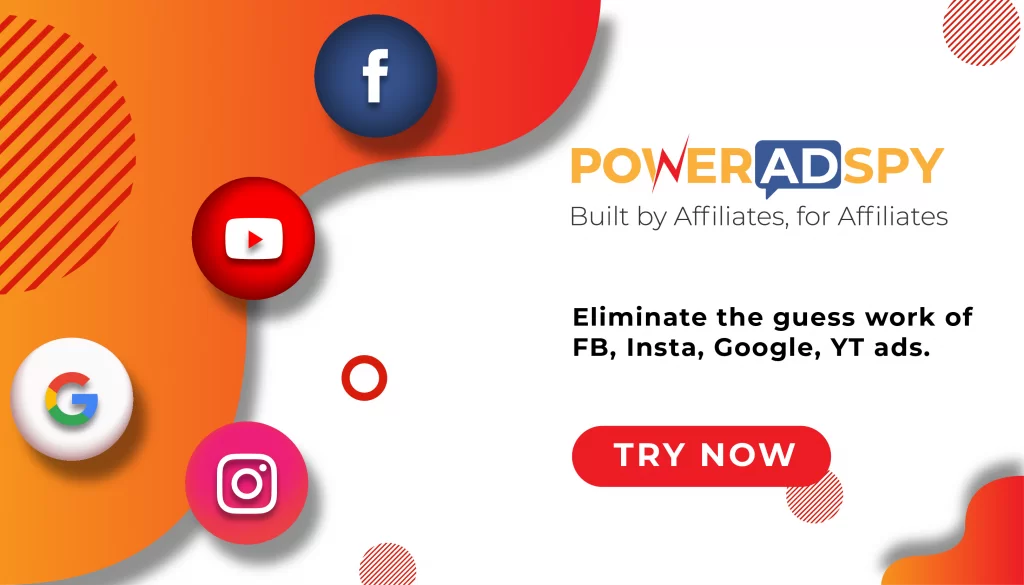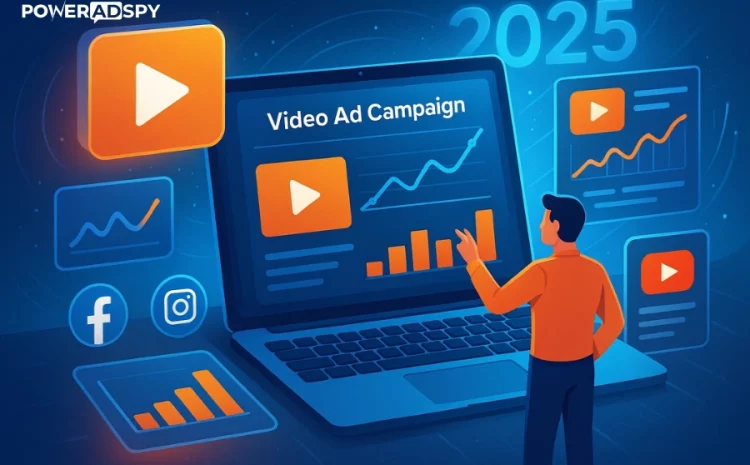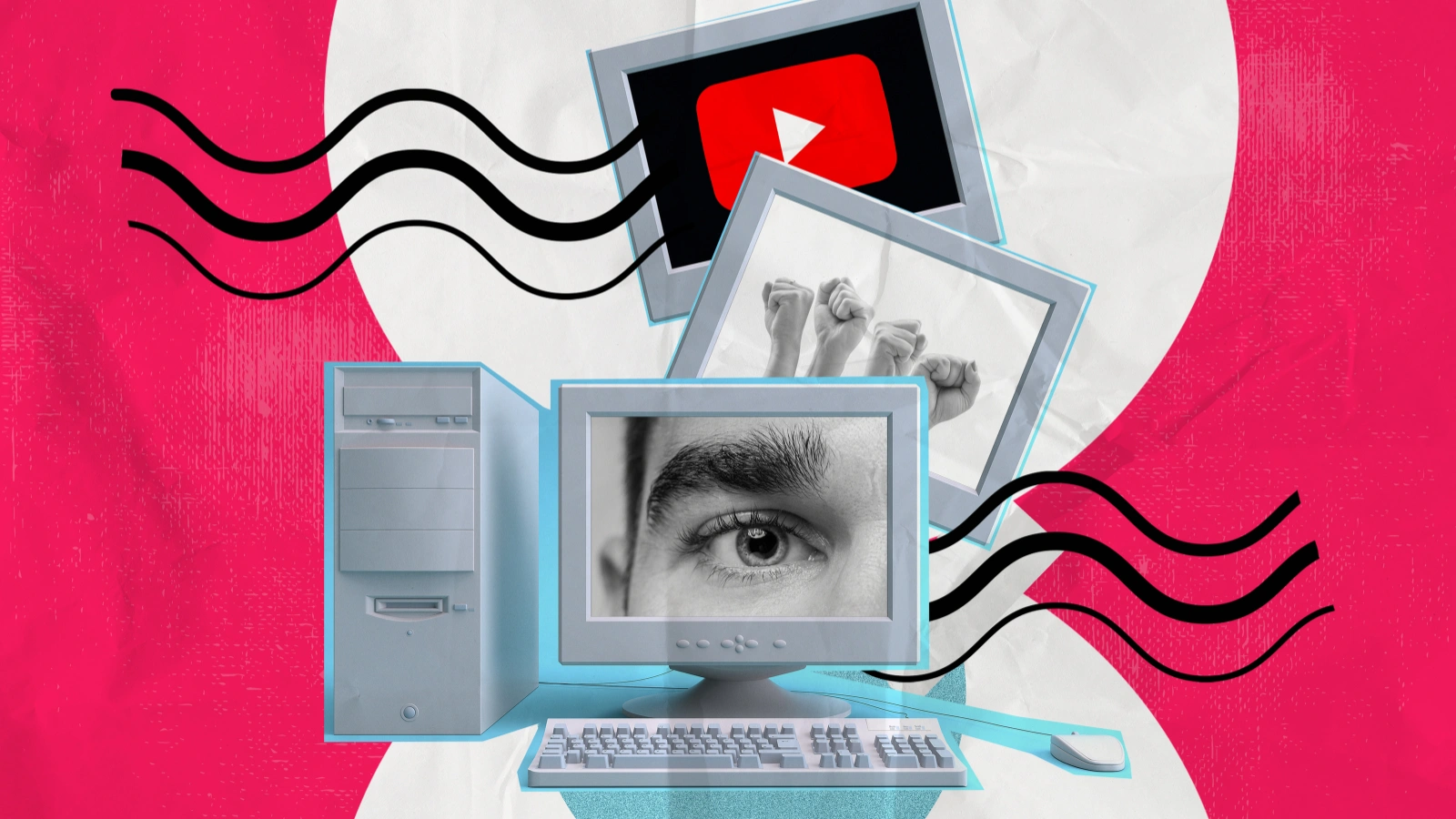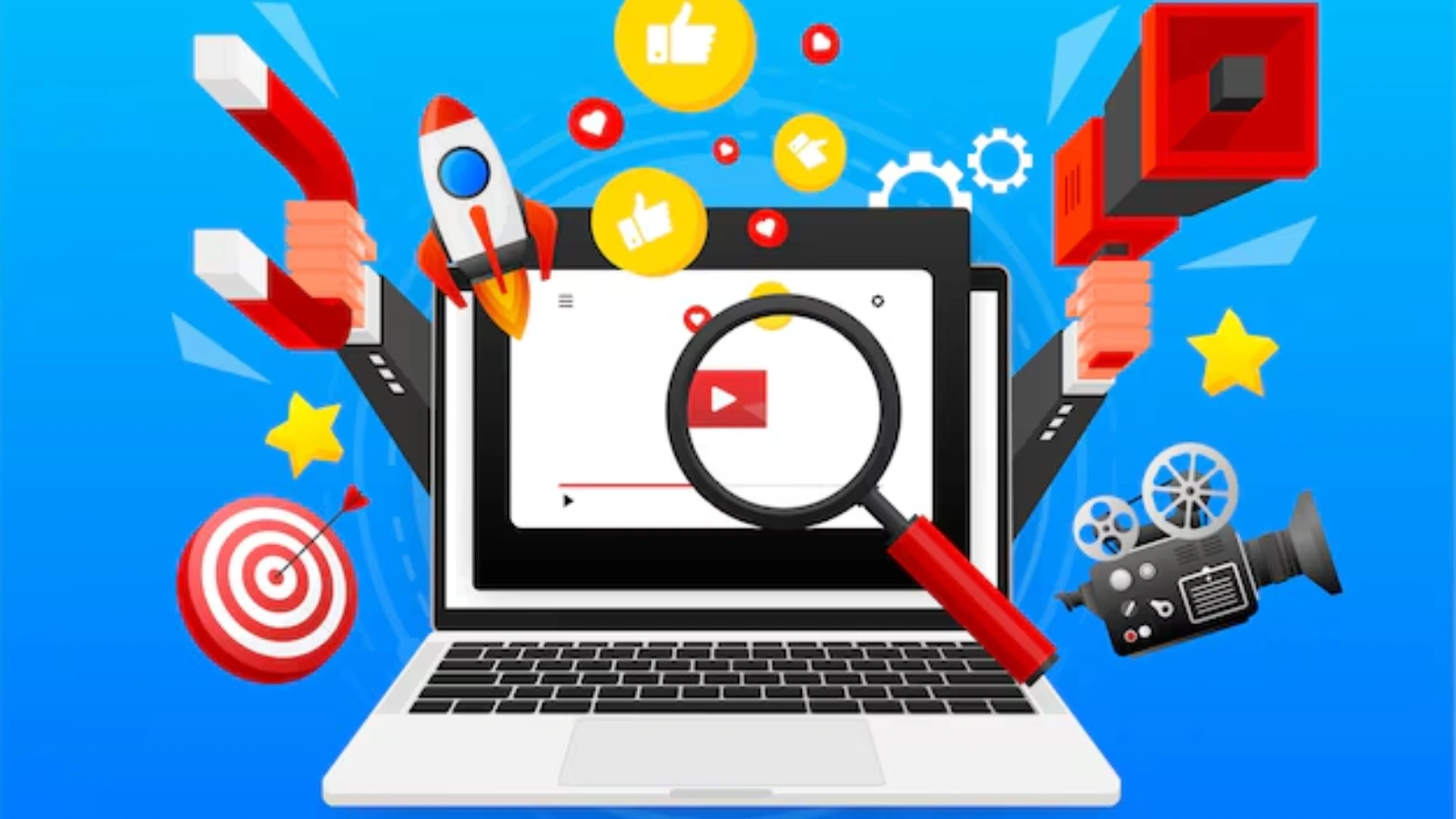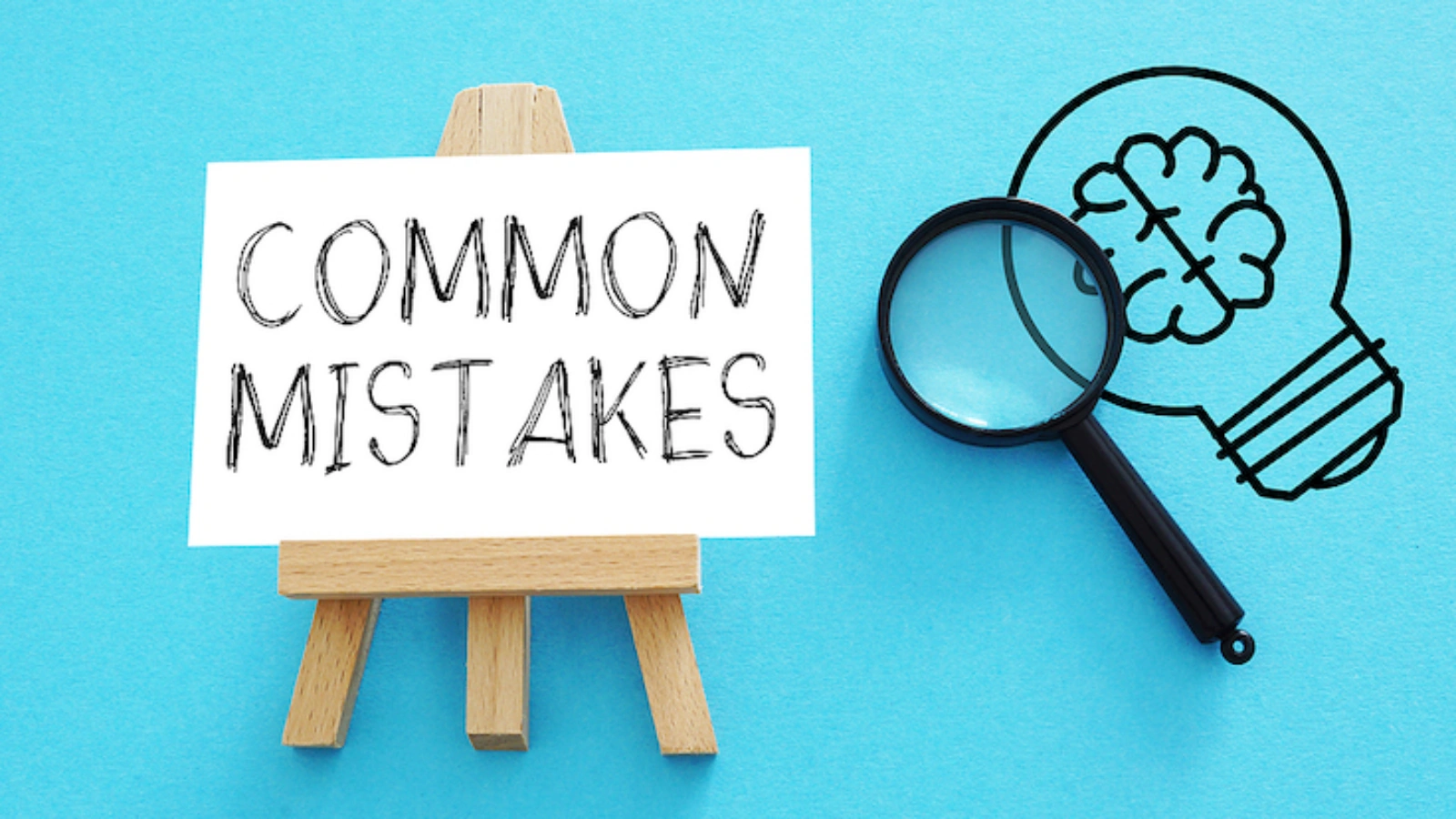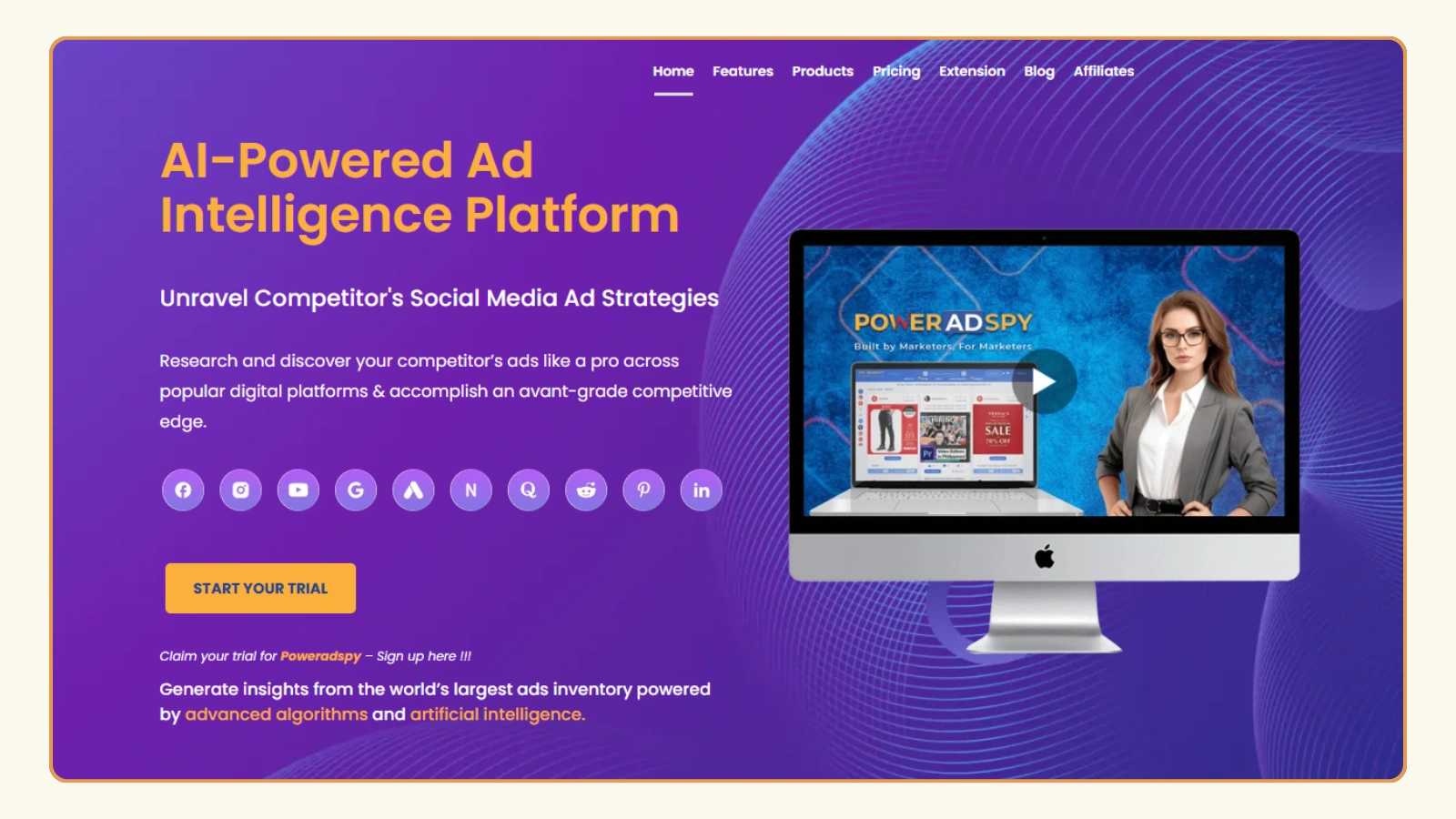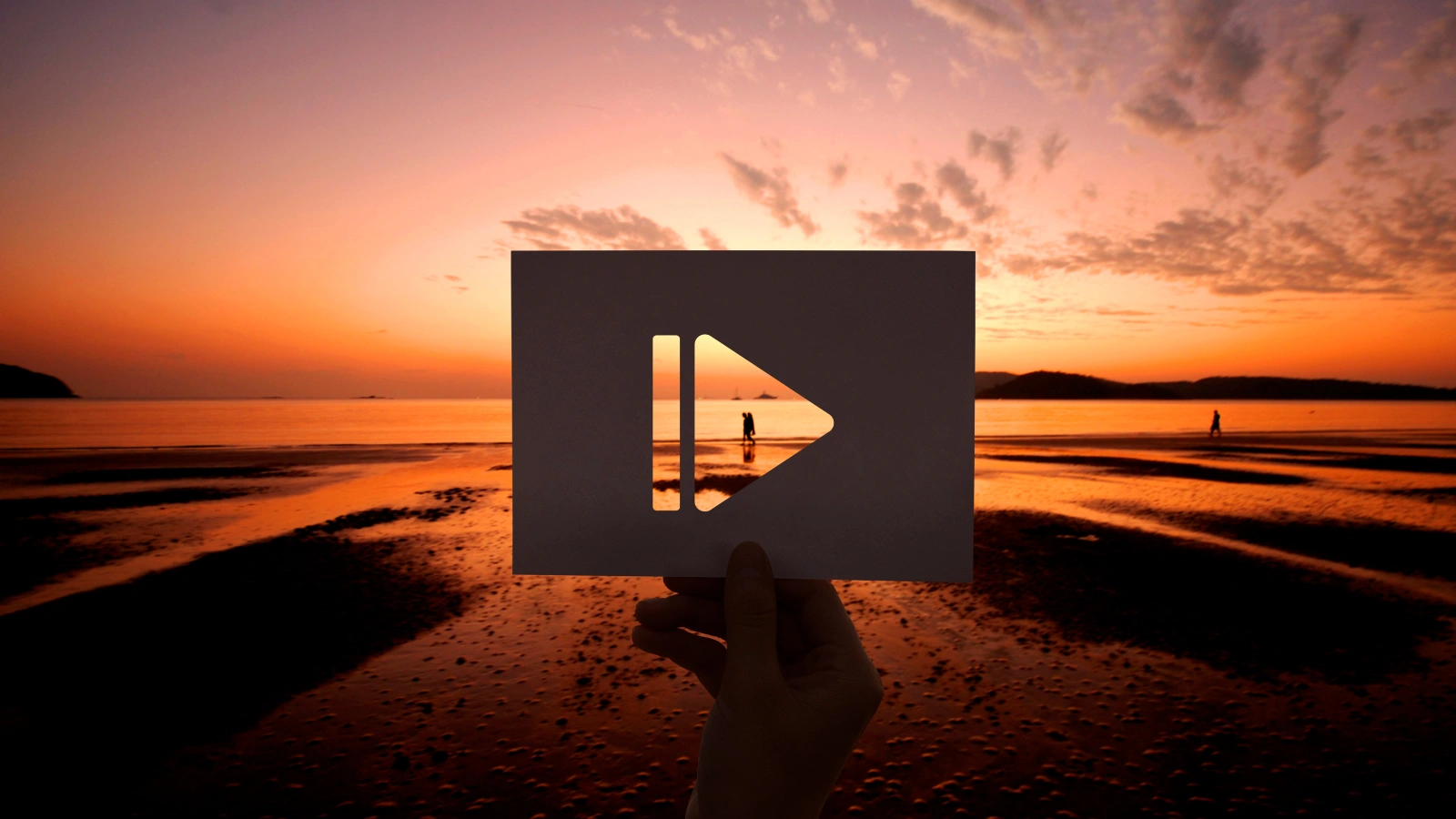The Ultimate Guide to Running a Successful Video Ad Campaign in 2025
You’ve probably noticed it yourself: people don’t stop for much these days. Everyone’s scrolling fast, skipping past posts, and tuning out anything that doesn’t grab them in the first few seconds. But there’s one thing that still makes them pause: a really good video. A well-thought-out video ad campaign has the kind of impact that static posts and banner ads just can’t match. It grabs attention, sparks emotion, and, most importantly, drives action, whether that’s a click, a sign-up, or a sale.
If you’re a marketer trying to boost results or a business owner testing the waters with video, this blog is here to help. We’ll walk you through everything, from generating great ideas to creating the videos, running the ads, and optimizing them for real performance. Let’s dive in and build a video campaign that doesn’t just look good, but actually works.
Listen To The Podcast Now!
Why Video Ads Are Dominating in 2025?
Let’s be honest, if you’re scrolling through your feed and something moves, you’re more likely to stop. That’s the power of video.
People don’t just enjoy video content; they rely on it. They use it to learn, get inspired, and yes, to make purchase decisions. And in 2025, this behavior isn’t slowing down; it’s exploding.
Here’s what the numbers are telling us (and why video ads need to be a priority in your marketing plan):
- 92% of internet users watch some form of video content every single week. That’s almost everyone.
- Adding a video to your landing page can boost conversions by up to 80% because video makes your offer clearer, more convincing, and easier to trust.
- On mobile, users are 3x more likely to engage with a video ad than a static one. Why? Because it feels more natural, more like content than a hard sell.
In short, video isn’t just eye-catching, it’s persuasive.
Brands that lean into video aren’t just staying relevant, they’re getting ahead. If your business isn’t using video ad campaigns to connect, educate, and convert your audience, you’re leaving a serious opportunity on the table.
What Is A Video Ad Campaign?
A video ad campaign is a series of videos created with a clear goal, whether it’s building brand awareness, showcasing a product, or driving clicks and conversions.
Instead of throwing up one random video, you plan a sequence. Each one plays a role, introducing your brand, solving a problem, or prompting action, kind of like telling a story in chapters.
You can run these campaigns across popular platforms like:
- Facebook & Instagram: Reels, Stories, In-Feed ads
- YouTube: Skippable and non-skippable pre-roll ads
- LinkedIn: Native videos and sponsored posts
- TikTok: Short-form vertical videos
- Google Display Network: Videos across websites and apps
Done right, a video ad campaign doesn’t just get views, it gets results.
Read More!
How To Maximize OTT Video Ads For Better Results?
The Heart of a Video Campaign: Storytelling That Actually Sells
Let’s face it, people don’t just buy products. They buy into stories. Into feelings. Into the version of themselves they want to become.
That’s why a winning video ad campaign isn’t just about pretty visuals or snappy editing. It’s about making your viewer feel something, whether it’s curiosity, relief, excitement, or trust, in just a few seconds.
Think of each video like a mini-story with a clear structure that keeps people watching and taking action. Here’s a simple framework you can follow:
- Hook (0–3 seconds): You’ve got milliseconds to grab attention. Use an eye-catching shot, ask a bold question, or show something unexpected.
- Problem (3–8 seconds): Hit a nerve. Show a situation your audience genuinely relates to. Make them think, “Yep, that’s me.”
- Solution (8–20 seconds): Introduce your product or service, not as a sales pitch, but as the answer to their problem.
- Social Proof (20–40 seconds): Build credibility with real testimonials, reviews, or quick stats. Show that your offer works.
- Call-to-Action (Final 5 seconds): Be clear. Tell viewers what you want them to do: click, sign up, shop, or learn more.
The goal? Make it real, relatable and stick.
Because when your story resonates, your product doesn’t just sell, it connects.
Building a Video Ad Campaign That Converts: Step-by-Step
Creating a video ad is one thing. Turning it into a high-performing campaign that drives clicks, leads, and sales? That takes planning, testing, and a smart toolkit. So, if you’re ready to make your video ad campaign work harder for your business, here’s how to do it, step by step.
Step 1: Define Your Goal Before You Do Anything
Before you even open your camera app or write a script, ask yourself:
What’s the purpose of this campaign?
- Are you trying to boost brand awareness?
- Do you want more traffic to your website or store?
- Is your focus on lead generation, product sales, or app installs?
Being crystal clear on your objective will guide every decision, from how the video looks to where it runs and how you measure success.
Step 2: Know Your Audience Inside Out
Your video won’t connect unless you understand who you’re speaking to.
You should know:
- What they care about
- What problems are they trying to solve?
- What tone and visuals resonate with them
Start by building detailed customer personas, analyzing platform insights, or surveying your current users. Want an edge? Use ad intelligence software like PowerAdSpy to see exactly what types of videos your competitors are running, and which ones are getting real traction.
Step 3: Spy Before You Shoot
There’s no need to start from zero when your competitors are out there spending big on testing video formats.
With a smart ad spy tool like PowerAdSpy, you can:
- Discover what hooks top brands are using in the first 3 seconds
- Study which CTAs get the most engagement (click, swipe, shop now)
- Track which styles and ad lengths are consistently performing well
This kind of insight helps you skip guesswork and make smarter creative choices right from the start.
Step 4: Create Scroll-Stopping Videos (Even on a Budget)
Once your strategy’s set, it’s time to create content that gets attention and drives action. Here are some tried-and-true video formats:
- Explainer Videos – Show how your product works in a fast, simple, and clear way.
- Customer Testimonials – Real users sharing real results build instant trust.
- Behind-the-Scenes – Pull back the curtain on your brand. People love authenticity.
- Problem/Solution Format – Start with a relatable issue, then offer your product as the fix.
Pro tip: Most people watch videos without sound. Add bold text overlays, subtitles, and eye-catching visuals to get your message across, silently.
Step 5: Pick the Right Platforms
Don’t just post videos everywhere; be intentional. Your audience hangs out in different places depending on who they are and what stage they’re at in the buying journey.
- Facebook & Instagram: Ideal for emotional storytelling, lifestyle brands, and shareable moments.
- YouTube: Great for educational content, product deep-dives, and building brand credibility.
- LinkedIn: Best for B2B, especially when showcasing expertise or promoting lead magnets.
- TikTok: Perfect for quick, raw, relatable content, especially for younger, mobile-savvy audiences.
Choose the platform where your message fits best, and where your buyers are most active.
Step 6: Launch, Learn, and Manage Your Campaign Like a Pro
Let’s be real: your first ad might not be a winner, and that’s okay. The key is in how you manage and optimize your campaign.
Here’s what that looks like:
- Run A/B tests on everything: your hook, visuals, length, CTA, and even the music.
- Track performance metrics like View-Through Rate (VTR), Click-Through Rate (CTR), Cost-Per-Click (CPC), and Return on Ad Spend (ROAS).
- Pause low performers quickly to avoid wasted budget.
- Retarget viewers who watched but didn’t take action; they’re already interested.
- Scale winners by targeting lookalike audiences or expanding to new markets.
Tools like PowerAdSpy take the guesswork out of campaign management. Their video campaign management dashboard shows you how your ads are performing, how they stack up against others in your niche, and what you should tweak next, without needing a full analytics team.
When done right, a video ad campaign is one of the most powerful tools in your marketing toolkit. It grabs attention, tells your brand story, and gets people to take action, all in under a minute. Plan it with purpose. Test and tweak constantly. Use tools that give you real insights. And above all, make it human.
Read More!
5 Best YouTube Video Advertising Examples
5+ Best Video Campaign Ideas To Boost Your Business
What Are the Common Mistakes That Can Sink Your Video Campaign (and How Can You Avoid Them)?
Even the most creative video ad campaign can fall flat if a few critical things go wrong. The truth is, success isn’t just about what you show; it’s also about how you execute.
Here are some of the most common missteps that can drain your budget and leave you wondering what went wrong:
Mistake #1: Wasting the First 3 Seconds
The harsh truth? You have less than three seconds to grab someone’s attention. If your video opens slowly or lacks a visual hook, people will scroll right past.
Fix it: Start with motion, color, a bold question, or a relatable moment. Make them stop and stay.
Mistake #2: No Clear Call-to-Action (CTA)
So your viewer watched the video, great! But what next? If you don’t tell them what to do, they won’t do anything.
Fix it: Be direct. Say things like “Shop now,” “Sign up today,” “Get your free trial,” or “Grab 20% off.” The more specific, the better. A vague “Learn more” just won’t cut it.
Mistake #3: Reposting the Same Video Everywhere
Each platform has its rhythm, audience behavior, and technical specs. A video that works perfectly on TikTok might flop on LinkedIn or YouTube.
Fix it: Tailor your content for each platform. Reformat dimensions, adjust timing, and tweak messaging based on where you’re running your campaign.
Mistake #4: Ignoring the Data
If you’re launching videos without tracking performance, you’re flying blind. You won’t know what’s working, what to fix, or where your money’s going.
Fix it: Use Google Ads Manager to monitor views, engagement, clicks, conversions, and ROAS. The data tells the real story—and shows you how to improve it.
The best video marketers aren’t perfect; they’re just constantly learning. Avoid these pitfalls, keep testing, and let insights guide your decisions. With the right adjustments, even a struggling campaign can turn into a winning one.
PowerAdSpy Features That Supercharge Your Video Ad Campaign
Running a successful video ad campaign isn’t just about creativity; it’s about strategy, data, and insights. That’s where PowerAdSpy becomes your ultimate toolkit.
Ad Placement Filtering
Discover which placements, like News Feed or Sidebar, work best for visual content. Use this insight to optimize where your video creatives appear for maximum engagement.
Real-Time Engagement Visibility
PowerAdSpy lets you view the live version of any ad post, so you can analyze actual audience reactions such as likes, comments, and shares. It helps you understand what kind of video content resonates with your target market.
Powerful Search & Sorting
Search for ads using relevant keywords and sort results by date, popularity, or engagement. This helps you find proven creatives and messaging styles that perform well in your niche.
Competitor Ad Tracking
Explore what kind of ad content your competitors are using, especially those who consistently run high-performing campaigns. Use their strategies as benchmarks for your own video content.
Engagement-Focused Analytics
Get detailed engagement metrics to identify what type of ad content drives results. These insights are key to refining your creative approach and improving campaign ROI.
Access to Multimedia Ad Formats
While not limited to video, PowerAdSpy provides performance data across different ad types, helping you compare video with static creatives to understand what works best for your audience.
With these smart, data-driven features, PowerAdSpy gives you the edge to craft compelling video ad campaigns that not only capture attention but also convert.
What’s Next For Video Campaigns In 2025?
If there’s one thing marketers know for sure, it’s that digital trends never sit still. And in 2025, video ad campaigns are entering an exciting new era, driven by smarter tech, deeper personalization, and a major shift in how people interact with content.
Here’s what’s coming, and what you should be ready for:
1. AI-Generated, Hyper-Personalized Videos
Thanks to rapid advances in AI, brands can now create tailored video content at scale, without breaking the bank or timeline.
Imagine delivering a slightly different version of the same video to different demographics based on age, interest, or behavior. Tools powered by AI can now help generate:
- Personalized video messages
- Dynamic product showcases
- Language and subtitle variations for global audiences
It’s no longer about just creating a video; it’s about creating the right video for each viewer.
2. Interactive & Shoppable Video Ads
Static ads are slowly taking a back seat. The future is interactive.
Video ads are evolving to let users tap, swipe, shop, or explore directly from the video itself. These formats aren’t just fun, they’re proven to increase engagement and conversions.
Some growing interactive formats include:
- Shoppable videos (click to buy directly)
- Swipe-to-reveal product features
- Polls, quizzes, or branching storylines within the video
If you’re looking to boost user participation and keep attention longer, this is a game-changer.
3. Voice Search + Smart Device Optimization
With smart speakers, virtual assistants, and voice-enabled search growing rapidly, your video strategy needs to keep up.
Optimizing video titles, descriptions, and tags for voice-friendly phrases (think “best workout shoes under ₹2000” or “how to fix a leaking pipe”) can improve your visibility across platforms like YouTube, Google, and smart TVs.
In short, if people can speak it, your videos should be ready to show up in the results.
Video campaign marketing is evolving faster than ever. What worked last year might not cut it next quarter. The winners in 2025 will be the brands that adapt, innovate, and aren’t afraid to test what’s next.
So, whether you’re using AI tools, experimenting with shoppable ads, or optimizing for voice search, now’s the time to future-proof your video strategy.
Final Thoughts
A winning video ad campaign isn’t about luck; it’s about strategy, storytelling, and smart tools working together. By now, you know the essentials: understand your audience, create authentic content, and use platforms like PowerAdSpy to learn what’s working in your space. Keep testing, refining, and scaling what delivers results. Whether you’re launching something new or improving an old campaign, now’s the time to go all in on video. The audience is watching, the competition is moving fast, and the opportunity is huge. So hit record, because in 2025, if you’re not using video to grow your brand, someone else will.
Faqs
- How long should a video ad be in 2025 for maximum engagement?
Aim for 15–30 seconds. Short-form content captures attention best, especially on mobile. Just ensure your message is clear, fast, and action-oriented within that time. - What budget should I set for a video ad campaign?
Start with a small daily budget (₹500–₹1000) to test creatives. Scale gradually based on performance metrics like CTR, ROAS, and cost per conversion. - Do video ads work for small or local businesses?
Absolutely. Local brands can use geo-targeted video ads to reach nearby audiences, promote offers, and build trust affordably through platforms like Facebook, YouTube, and Instagram. - Should I use influencers in my video ads?
Yes, if relevant. Micro-influencers with niche followings can boost credibility, reach, and engagement in your video campaigns without the cost of big celebrity endorsements. - Can I reuse old video content in a new ad campaign?
Yes, with edits. Update visuals, trim length, and tailor messaging to current trends or platforms. Repurposing content saves time and increases ROI if done right.